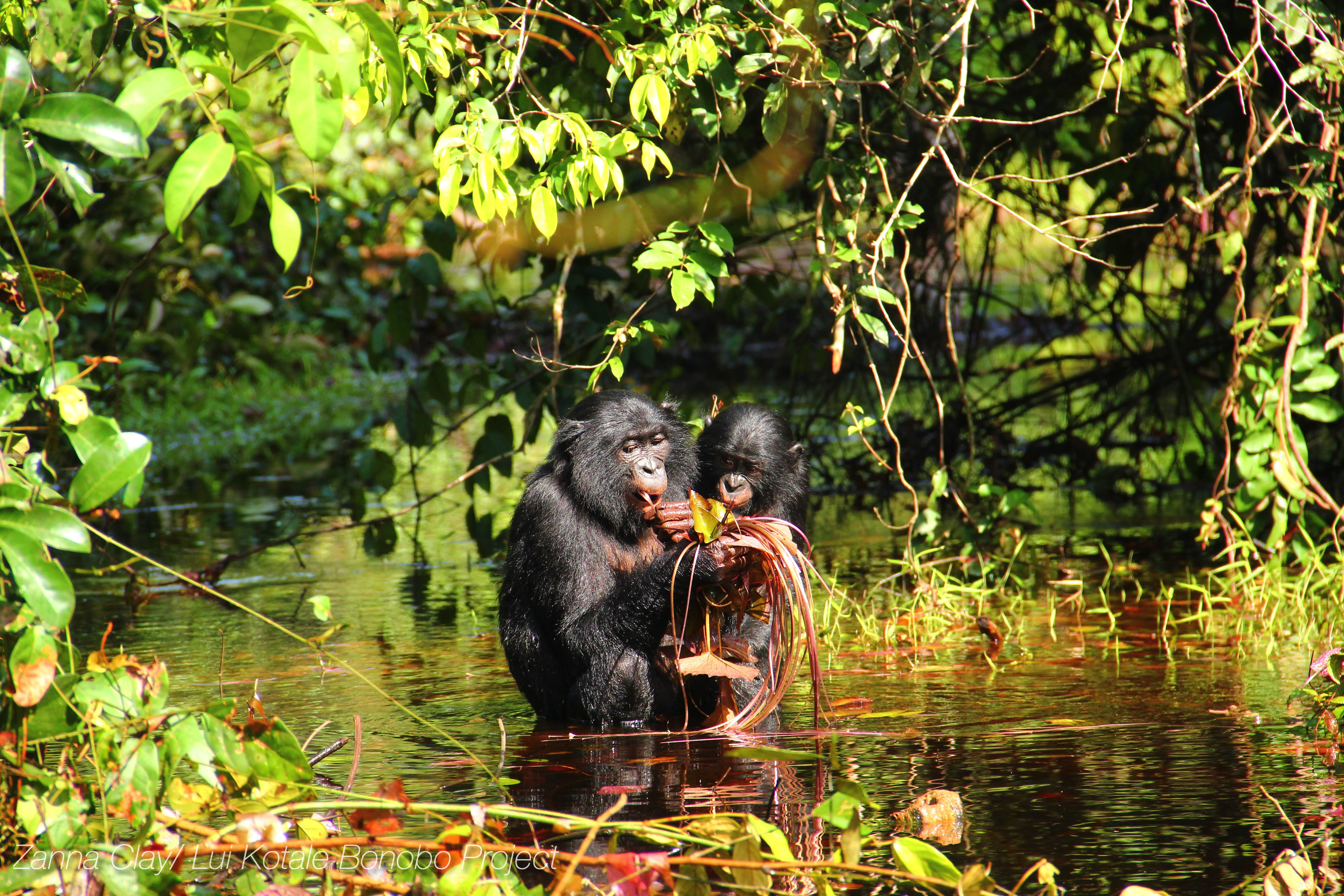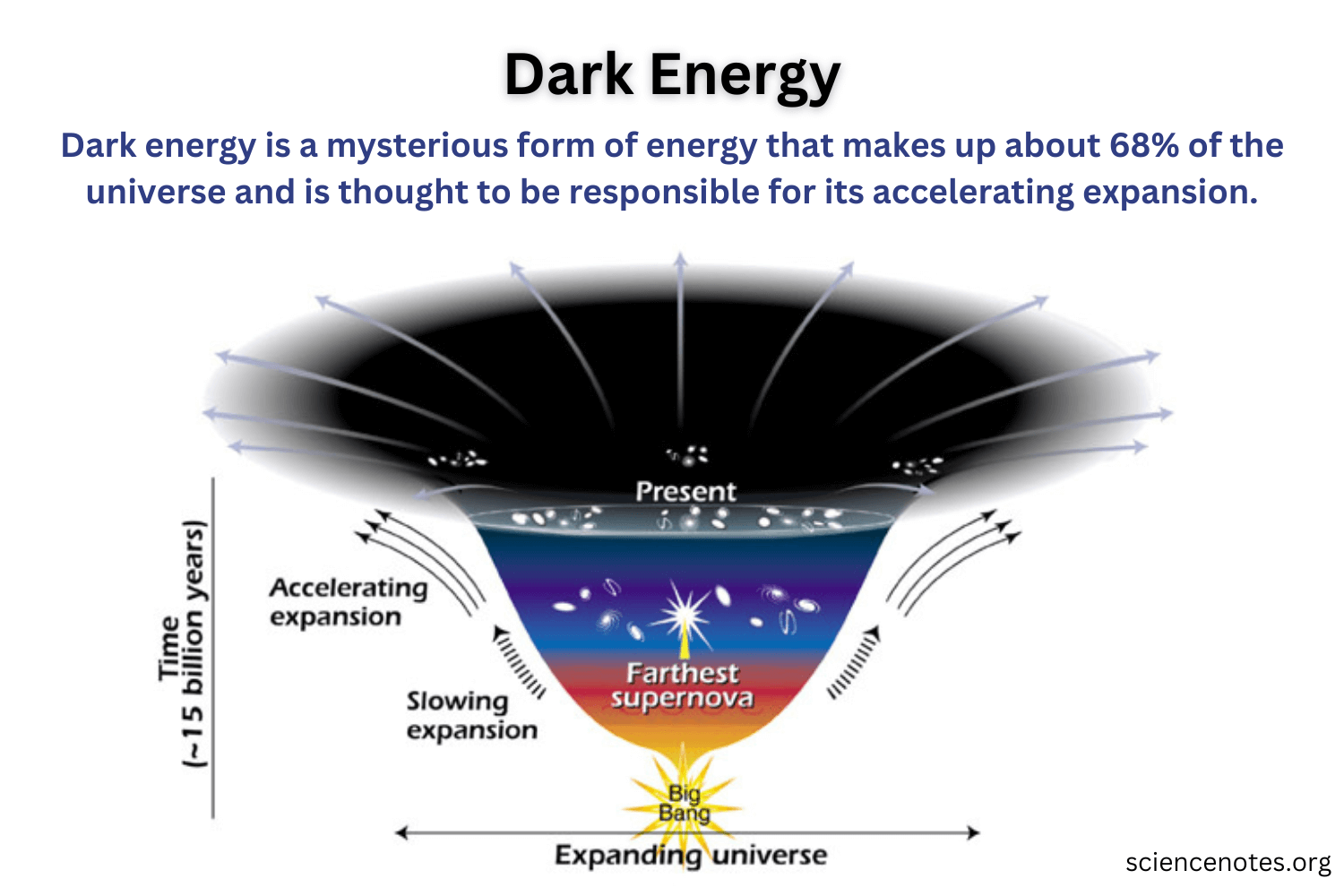Bonobo communication is a fascinating topic that reveals much about the linguistic capabilities of our closest living relatives. Researchers have observed that these intelligent primates use a variety of vocalizations to communicate complex social situations, akin to animal language in humans. Recent studies indicate that bonobo vocalization relies on a system of compositionality, where sounds can be combined to create meaningful expressions. This sophisticated means of interaction not only showcases the intricate social behavior of bonobos but also highlights the evolutionary links between communications in bonobos and humans. Understanding their communication sheds light on the evolution of language and the social structures that shape the lives of these extraordinary creatures.
The intricate ways in which bonobos express themselves provide insights into the animal kingdom’s language dynamics. Bonobo vocalizations serve critical functions in conveying emotions and coordinating group activities, embodying a rich tapestry of interaction among these primates. Their ability to form phrases and use word-like combinations speaks to the underlying complexity of animal communication systems. Examining this vocal behavior not only enhances our comprehension of bonobo social behavior but also invites parallels to the linguistic developments among mammals, including humans. Thus, exploring bonobo dialogue illuminates the evolutionary mechanisms that govern complex communication across species.
The Remarkable Communication Skills of Bonobos
Bonobos exhibit a fascinating range of vocalizations that allow them to communicate effectively within their social groups. Studies have shown that when bonobos vocalize, whether it’s through whistles or peeps, they are often conveying specific emotional states or social cues. By analyzing their vocal patterns, researchers can distinguish between various forms of communication that serve to inform, command, or express feelings such as fear or excitement. This capability highlights the complexity of animal language beyond mere vocal sounds; it suggests that bonobos are capable of creating nuanced messages that reflect their social realities.
The study conducted in the Kokolopori reserve documented instances where bonobos used vocalizations to coordinate movements across larger distances, which is vital for maintaining group cohesion in the dense forests of the Democratic Republic of Congo. The ability to communicate over long ranges, while conveying precise information about social dynamics, showcases how essential these communication skills are to bonobo social behavior. The intricate connections between vocalizations indicate that bonobos have developed a sophisticated form of language that parallels aspects of human communication.
Compositionality in Bonobo Vocalizations
Compositionality refers to the way in which the meaning of complex expressions is derived from their parts. In the context of bonobos, this concept is particularly significant as the research identified that these primates can combine vocal sounds in ways that generate new meanings, similar to how humans construct sentences. For example, a bonobo’s use of subtle peeps accompanied by louder whistles might signal urgency or anxiety in specific social contexts. This interplay between different sounds reflects a foundational aspect of linguistics, suggesting that bonobos engage in a form of animal language that encompasses more than isolated calls.
The implications of compositionality in bonobos not only deepen our understanding of animal communication but also provide insight into the evolutionary roots of language itself. Researchers believe that as bonobos exhibit this linguistic trait, they can utilize it to navigate complex social structures effectively. The ability to form compound vocalizations may enable them to communicate nuanced messages, ultimately enhancing their social bonds. This discovery opens the door to exploring similar capabilities in other species, potentially reshaping our understanding of the evolution of communicative systems.
Bonobo Social Behavior and Communication
Bonobo social behavior is intricately linked to their communication patterns, revealing how these animals navigate their social environments. The research indicates that bonobos often form intricate social bonds, which is essential for their survival and cohesion as a community. When vocalizing, bonobos leverage their sophisticated communication skills to maintain relationships, manage conflicts, and coordinate activities. Such dynamic interactions among group members underscore the importance of effective communication for successful social living in bonobo communities.
The structured nature of their vocalizations allows them to express complex social dynamics, from cooperation during foraging to signaling when it’s time to regroup. As these interactions are often facilitated by their vocal capabilities, the evolution of bonobo communication may reflect similar patterns observed in human social interactions. This parallels the understanding that enhanced communication fosters stronger social networks and more intricate relationships, paving the way for a deeper appreciation of the interconnectedness between social complexity and communication in both humans and bonobos.
The Evolutionary Significance of Bonobo Communication
The findings from research on bonobo communication suggest profound implications for understanding the evolutionary trajectory of language. As bonobos share a common ancestor with humans, their vocal behaviors provide a window into the prelinguistic forms of communication that may have existed millions of years ago. The sophisticated vocalizations observed indicate that the roots of complex communication systems may not solely be a human trait but part of a broader evolutionary narrative among primates.
In this context, studying bonobo vocalizations enhances the understanding of how communication has evolved alongside social structures. Similarities in compositionality observed between human language and bonobos suggest that the cognitive abilities required for complex communication may have been present in early primate ancestors. This avenue of research not only illustrates the continuum of communication systems across species but also invites further exploration into how language, as we understand it today, could have emerged from these earlier forms of animal language.
Understanding Bonobo Vocalization and Its Implications
Bonobo vocalizations encompass a range of sounds, each carrying specific meanings tied to social contexts. The ongoing research seeks to understand precisely how these varied vocalizations correlate with bonobo behaviors and social interactions. By cataloging these calls, scientists can begin to decipher a comprehensive dictionary of bonobo communication, providing valuable insight into the emotional and social dynamics of these incredible creatures.
Furthermore, by understanding the implications of bonobo vocalization, researchers can shed light on the evolutionary pressures that have shaped communication across species. Each vocalization serves a purpose, whether it’s to alert others about potential dangers or to signal social intentions. The more researchers learn about how bonobos communicate, the more they can draw parallels to human language development, thus enriching the broader conversation on the evolution of communication in the animal kingdom.
The Role of Bonobos in Understanding Animal Language
Bonobos are becoming pivotal in the study of animal language due to their intriguing communication patterns that resemble human linguistic structures. As researchers analyze their vocalizations, it becomes evident that these primates can produce combinations of sounds that relay complex messages. This capacity not only challenges the notion that complex language exists solely in humans but invites a reevaluation of the communicative practices across the animal kingdom.
Moreover, studying animal language through the lens of bonobo communication allows for deeper explorations into the cognitive abilities shared by primates. The research findings contribute to a growing body of evidence that suggests many animal species possess sophisticated means of communication that serve integral roles in their social dynamics. As the investigation into bonobo vocalization continues, it pushes the boundaries of what is understood about language evolution, urging a consideration of the wider implications for anthropological and linguistic studies.
Comparative Studies of Communication in Primates
Addressing communication within primate species presents an exciting opportunity for comparative studies, particularly concerning bonobos and chimpanzees. Recent studies have highlighted differences and similarities in vocal behaviors between these closely related species. For instance, while both bonobos and chimpanzees utilize complex vocalizations, bonobos have shown greater compositionality in their calls, reflecting their more intricate social networks.
By investigating the communication systems of multiple primate species, researchers can discern how evolutionary pressures may have influenced vocal development. Recognizing the varying complexity of vocalizations across primates informs a larger framework on the emergence of language, suggesting that social structure, environmental factors, and cognitive capabilities play significant roles in shaping communicative actions among these animals.
Future Directions in Bonobo Communication Research
As the research into bonobo communication continues to evolve, several future directions emerge that promise to deepen understanding of their vocalization patterns. One critical aspect is the application of technological advancements in sound analysis to capture a broader range of vocalizations with greater precision. Enhanced data collection methods could lead to more refined insights into how bonobos utilize sound to convey messages.
Additionally, longitudinal studies will be essential in observing how communication evolves within bonobo populations over time. By examining how younger bonobos learn vocalization from their peers and adjust their communication styles, researchers can gather data on the development of animal language. Such insights will significantly contribute to the ongoing discourse about the origins and evolution of language, proving bonobos to be indispensable to the study of complex communication in animals.
Frequently Asked Questions
How do bonobos communicate using vocalizations?
Bonobos communicate through a variety of vocalizations such as peeps, yelps, and whistles. These sounds can denote different social situations and are often combined to express more complex messages. This advanced vocal communication system reveals similarities to human language, particularly in terms of compositionality, where small sounds or words can be combined to convey intricate social meanings.
What is the significance of compositionality in bonobo communication?
Compositionality in bonobo communication refers to their ability to combine simple vocalizations into more complex phrases. This capability parallels how humans create language, suggesting that the roots of complex communication systems may predate human evolution. It highlights the sophisticated social structures and relationships among bonobos, which rely on these intricate communication techniques.
How does bonobo social behavior influence their communication strategies?
Bonobo social behavior is characterized by strong social bonds and complex group dynamics. Their communication strategies reflect this social complexity, as vocalizations are used to coordinate movements and convey emotional states within their groups. The interplay between social structure and communication indicates that bonobos need a robust communication system to maintain relationships and navigate their social world.
Can bonobos use words or phrases in their communication similar to humans?
Yes, studies have shown that bonobos can use vocalizations in a manner akin to word compounds and phrases. They create combinations of sounds that convey specific meanings relevant to their social interactions, demonstrating an advanced level of communication that shares characteristics with human language.
What types of vocalizations do bonobos use in their social interactions?
Bonobos utilize various vocalizations such as whistling, peeping, and yelping, which can indicate emotional states, coordinate group movements, or signal events like the presence of predators. These vocalizations are context-dependent, meaning their meaning can change based on social circumstances, illustrating the complexity of bonobo communication.
How was the research conducted to study bonobo communication?
Research into bonobo communication involved extensive observation over eight months in the Kokolopori reserve. Researchers documented vocalizations, noting context and responses to these sounds to create a comprehensive dictionary of bonobo vocalizations. This meticulous data collection allowed the team to analyze the compositionality and social meanings behind their vocal repertoire.
Are there similarities between bonobo and human communication systems?
Yes, bonobo communication systems exhibit similarities to human languages, particularly in the use of combined vocalizations to express complex thoughts. Both species leverage these communication systems to manage their social relationships, hinting at a shared evolutionary ancestry that emphasizes the development of complex social interactions through vocalization.
What implications does bonobo vocalization research have for understanding animal communication?
Research on bonobo vocalization significantly enhances our understanding of animal communication by providing insight into the mechanics of vocal complexity and social interaction. This work suggests that structured communication is not exclusive to humans but is found in other primate species with similar social structures, indicating a broader evolutionary theme in the development of communication.
| Key Points |
|---|
| Bonobos vocalize in response to distant group members, using communication that resembles human language. |
| They use ‘word compounds’ and phrases to discuss complex social situations, indicating that these communication methods may precede human language. |
| Researchers observed bonobos in the Kokolopori reserve, analyzing their vocal behaviors, which include peeps, yelps, and whistles. |
| The study suggests a link between vocal and social complexity, implying that sophisticated communication supports complex social structures. |
| A ‘dictionary’ of bonobo calls was created, correlating different vocalizations with specific actions, emotions, or events. |
| The findings indicate that similar communicative structures exist in both bonobos and chimpanzees, which helps understand animal communication evolution. |
Summary
Bonobo communication exhibits remarkable similarities to human language, suggesting deep evolutionary roots in our communication systems. Bonobos use vocalizations that function like words and phrases, aiding their social interactions. This fascinating research underscores the complexity of bonobo vocal behaviors, offering insights into the linguistic capabilities shared between our species and highlighting the significance of communication in maintaining social bonds.



